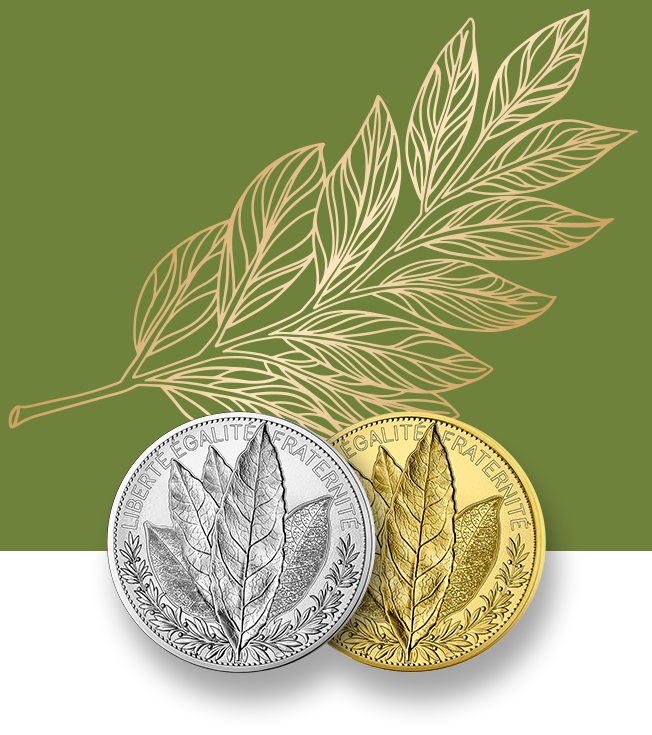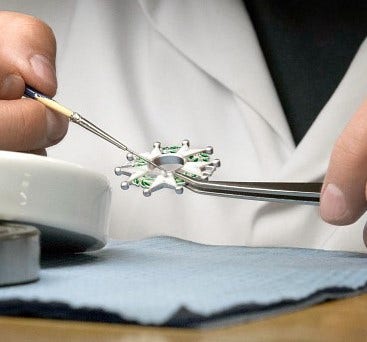This triptych will allow you to meticulously tidy up your 20€ silver circulating coins (33mm diameter) from the French Natures collection while protecting them.
This box is sold empty.
| Weight | 11.7 g |
|---|

This triptych will allow you to meticulously tidy up your 20€ silver circulating coins (33mm diameter) from the French Natures collection while protecting them.
This box is sold empty.




Our creations are enamelled using a rare technique known as grand feu enamelling. Another workshop sends the enameller a decoration, piece of jewellery or struck medal with hollow spaces on its surface. Using a dip pen, needle or brush, the enameller fills these hollows with enamel, which they have prepared themselves. The fixing of the variously coloured enamel powders is controlled by short, successive firings at 900 degrees.

The medal minter transforms a blank into a medal, alternating between striking to bring out the relief and annealing to return the metal to a more malleable state. The blank is struck as many times as necessary, depending on the diameter, depth and detail of the engraving. Finally, surface treatments are applied to enhance the finished piece

Trained at the best schools, they have the years of experience behind them necessary to master all aspects of the craft. Using industrial oil-based modelling clay and working from a design executed freehand or with CAD software, they skilfully fashion a low relief model in order to enhance the engraving and the way it catches the light. They work alternately with concave and convex plaster moulds until satisfied they have achieved the best 3D rendering of the design.

The first minters began to ply their trade in France when striking with a hammer appeared in the 4th century BC. Nowdays, minsters use press instead of a hammer. Their knowledge of dies, engraving and metals, and their expertise - passed seamlessly down from one generation to the next for centuries - guarantees the excellence of their work.